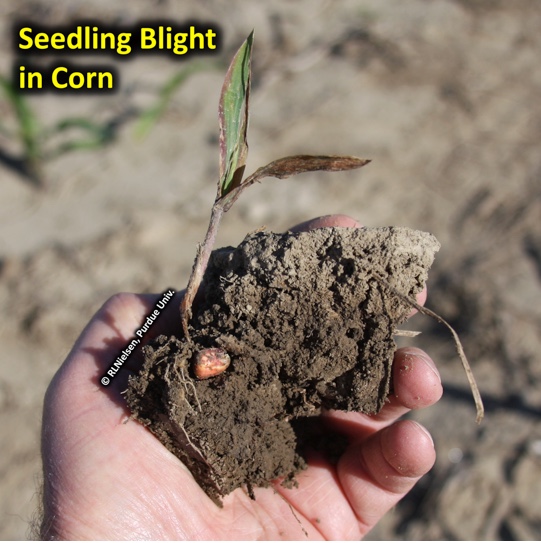
While corn planting progress is way ahead of the miserable 2019 planting season, Indiana’s corn crop has already experienced more than its fair share of misery.

While corn planting progress is way ahead of the miserable 2019 planting season, Indiana’s corn crop has already experienced more than its fair share of misery.
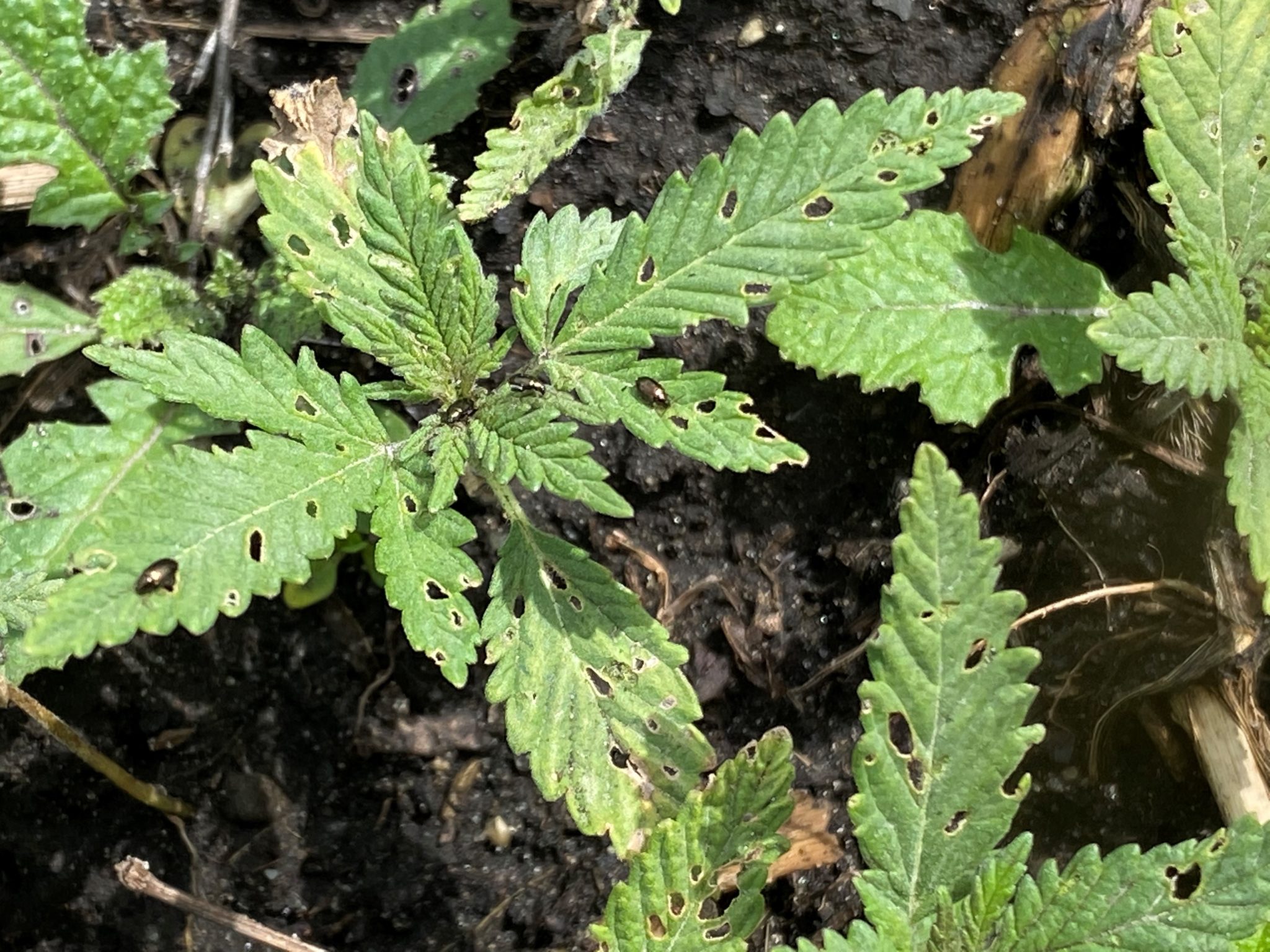
Hemp growers and researchers are preparing to plant hemp in the next two to three weeks across the state. Planting will likely continue until the end of June depending on what type of hemp is being grown.
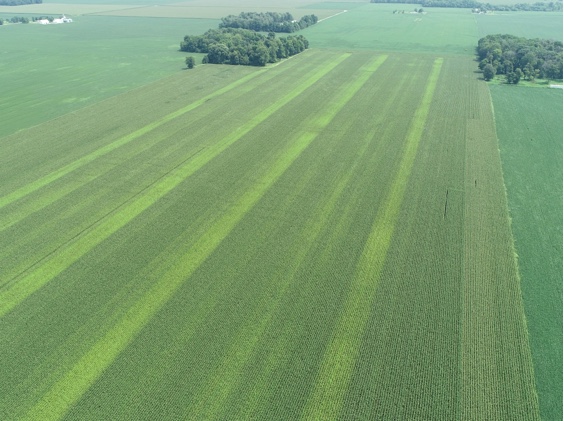
Although nitrogen (N) fertilizer can be costly, it is needed to optimize profit in Indiana cornfields. Applying too little N reduces profit by reducing grain yield. Too much N does not return value and can also damage the environment.
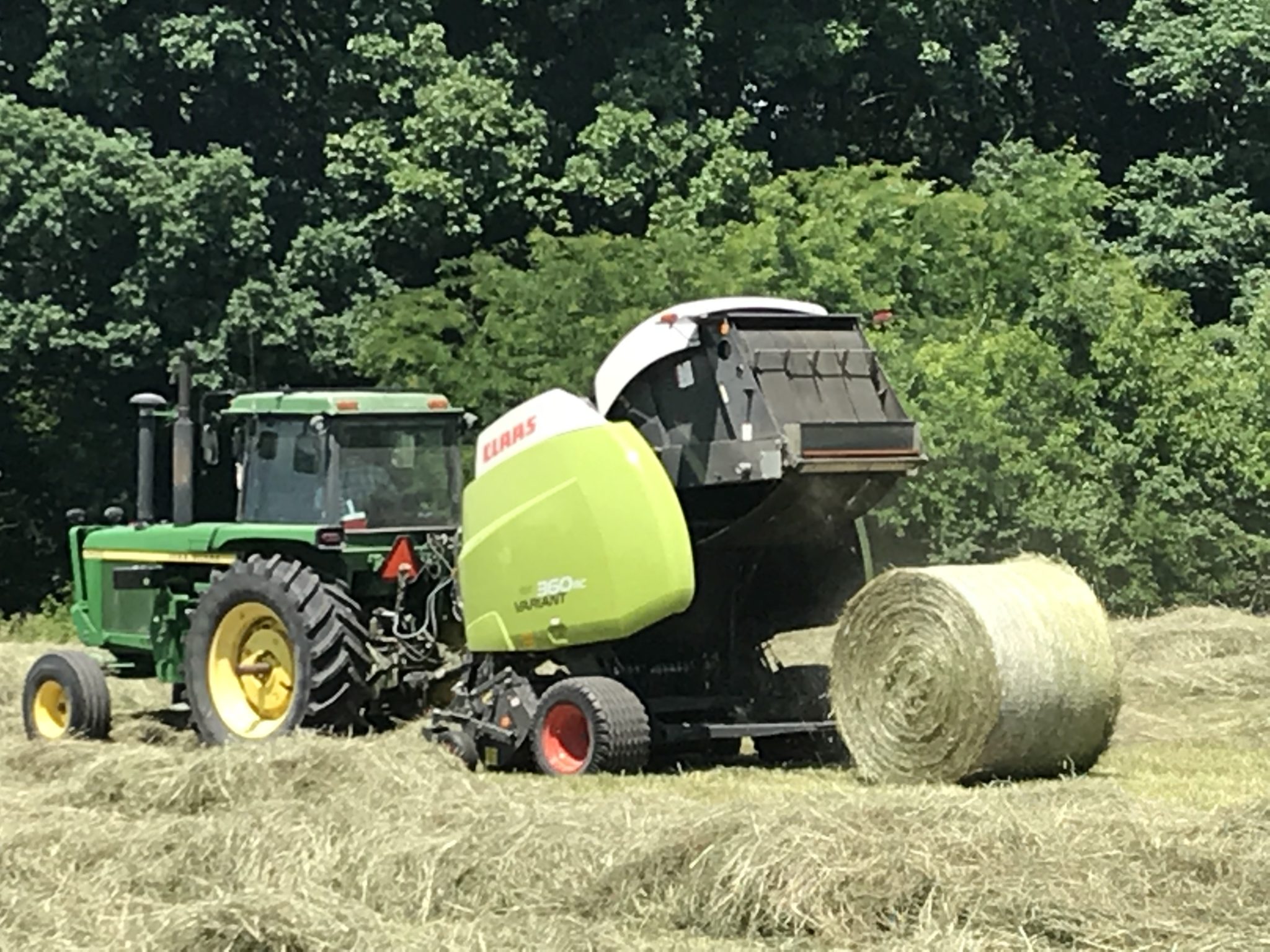
As we near mid-May, it is important to have hay harvest equipment in excellent condition so the forage can be harvested at optimum quality when weather conditions allow and to reduce harvest delays because of equipment breakdowns.
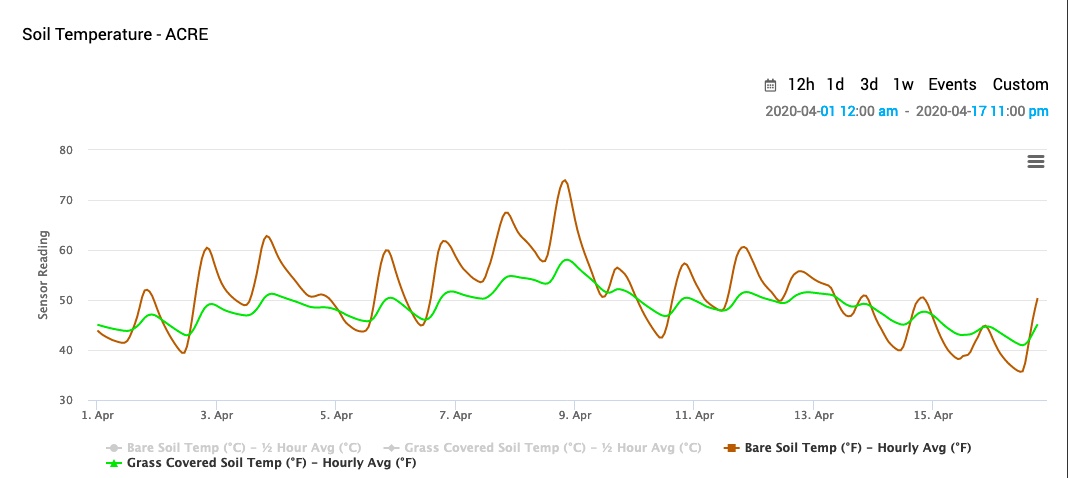
While the coffee shop rumor mills were active this past week with talk of “a lot” of corn planting going in areas of the state, in reality very little planting actually occurred (USDA Weekly Crop Progress, 13 Apr 2020).
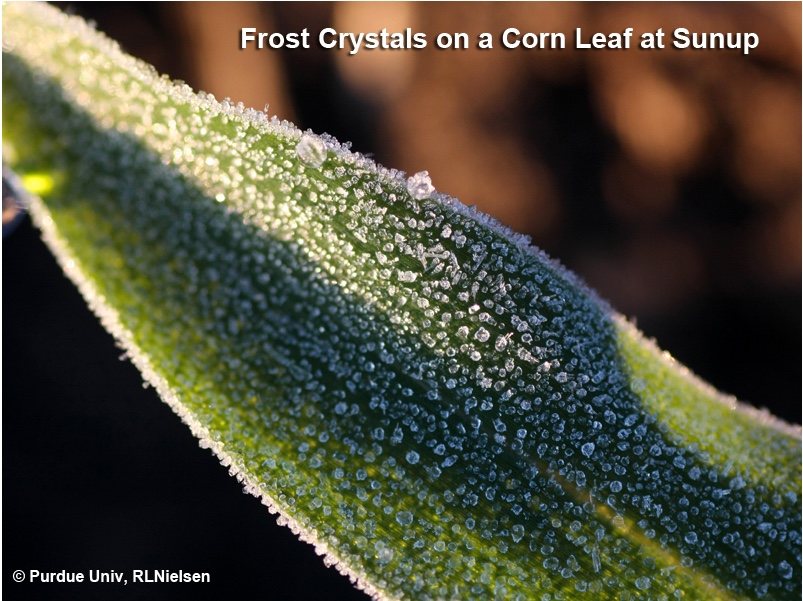
The risk of damaging spring frost events is one of the downsides to planting corn earlier than normal, but is one growers often accept when early spring field conditions are otherwise suitable for planting.
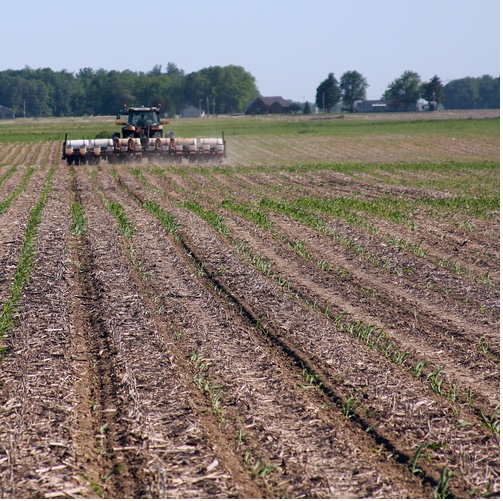
The decision to replant a field of corn because of poor stand establishment or severe damage to an otherwise good looking field of corn is often not an easy one to make.
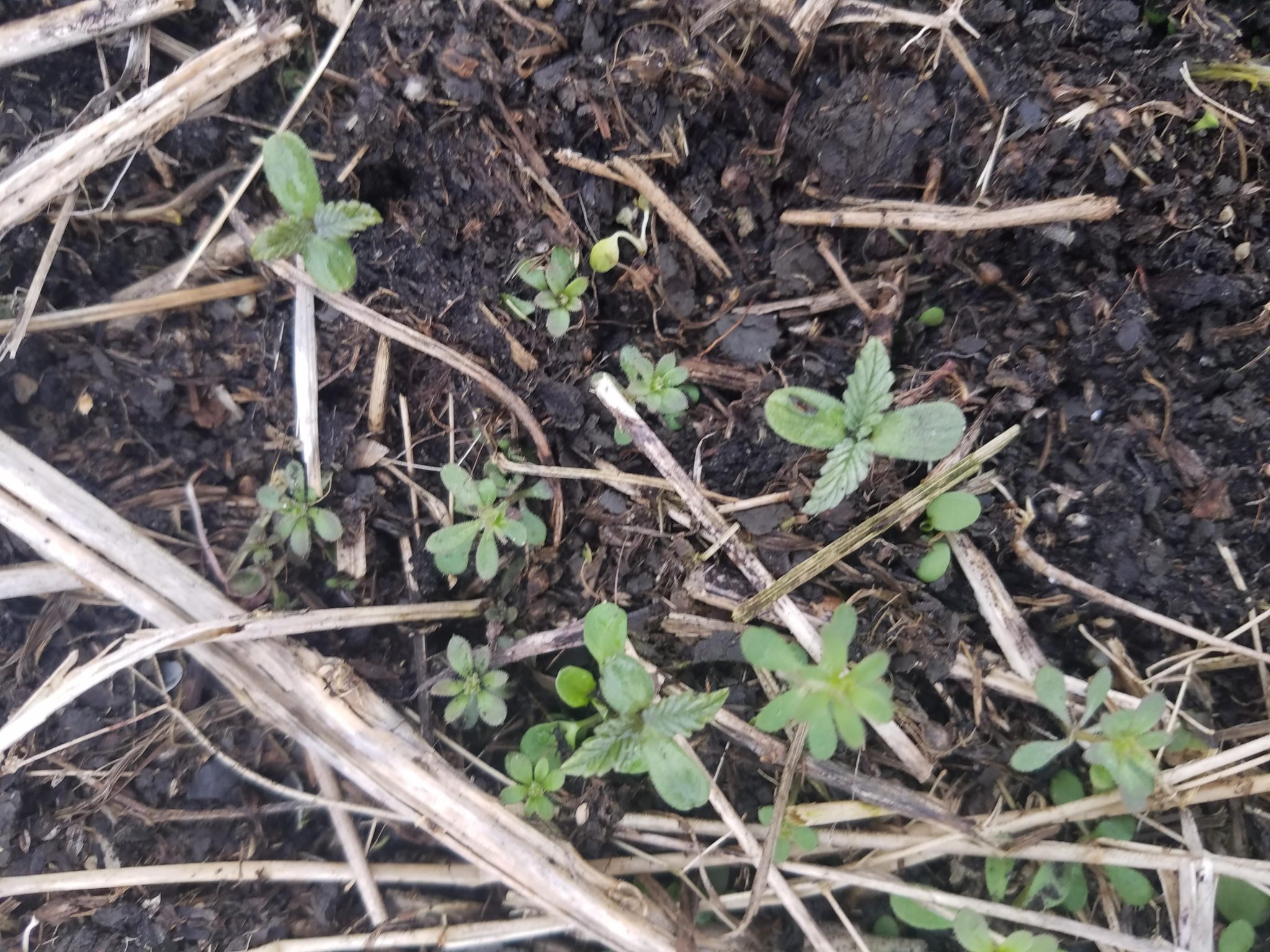
Hemp can germinate in soils between 40-50°F, and with the warm temperatures in late march, volunteer and feral hemp (ditch weed) had the right conditions to pop up.
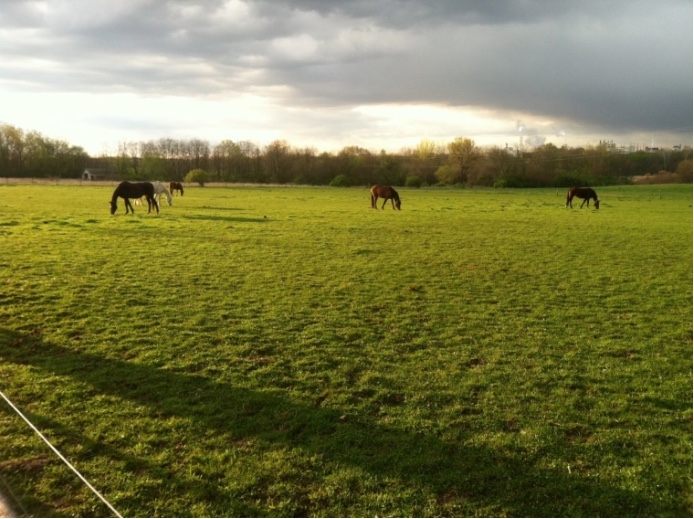
The 2020 grazing season has recently started and hay harvest is going to begin soon. As the pasture gets grazed and the forage growing in the field is mown, make sure to evaluate grazing and cutting height so perennial plants have better persistence.
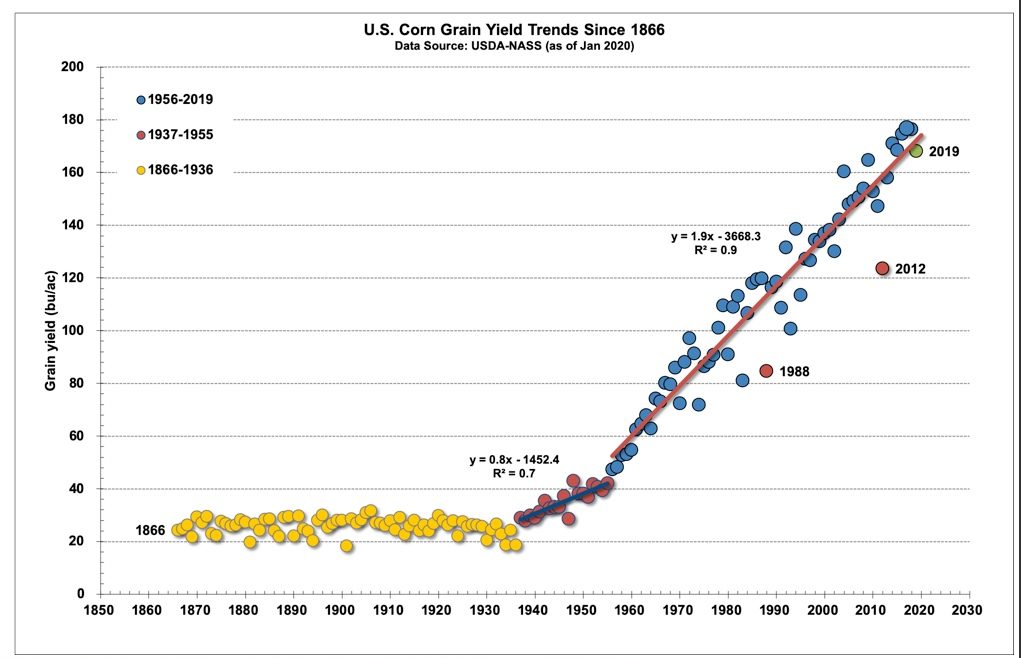
Historical grain yields offer us a glimpse of yields yet to come, although like the stock markets, past performance is no guarantee of the future.
© 2024 Purdue University | An equal access/equal opportunity university | Copyright Complaints | Maintained by Pest&Crop newsletter
If you have trouble accessing this page because of a disability, please contact Pest&Crop newsletter at luck@purdue.edu.